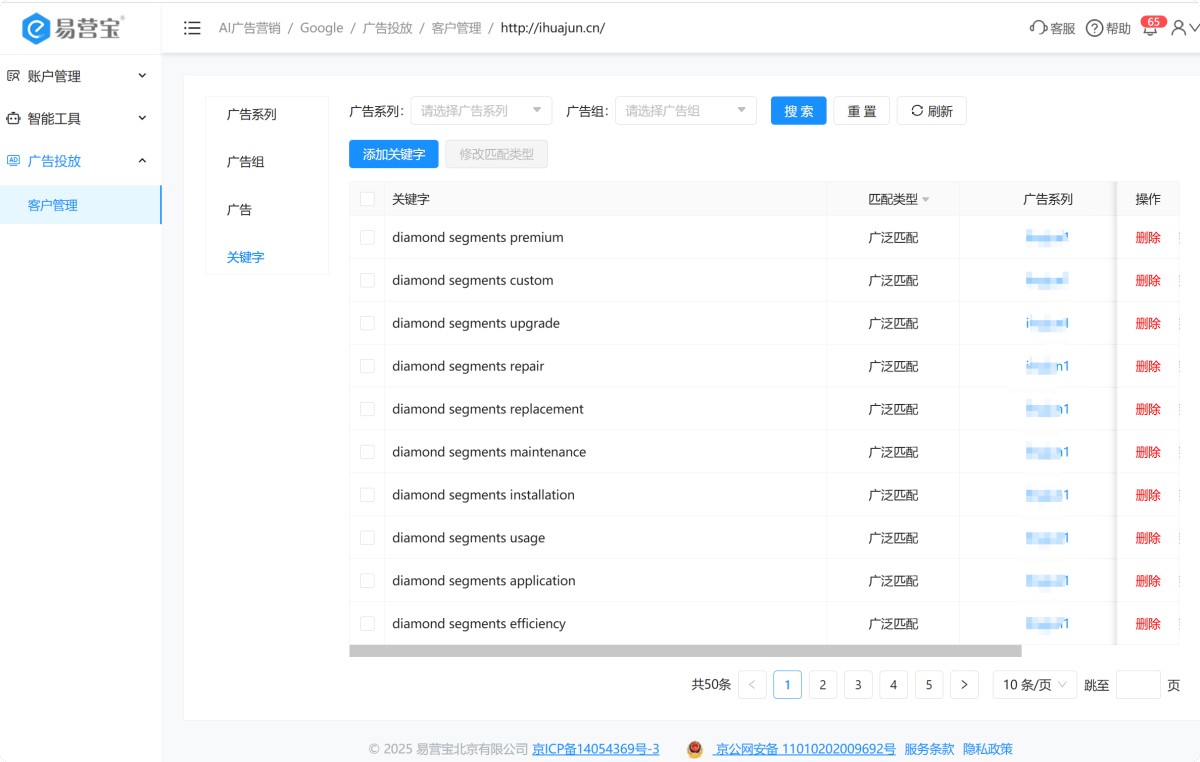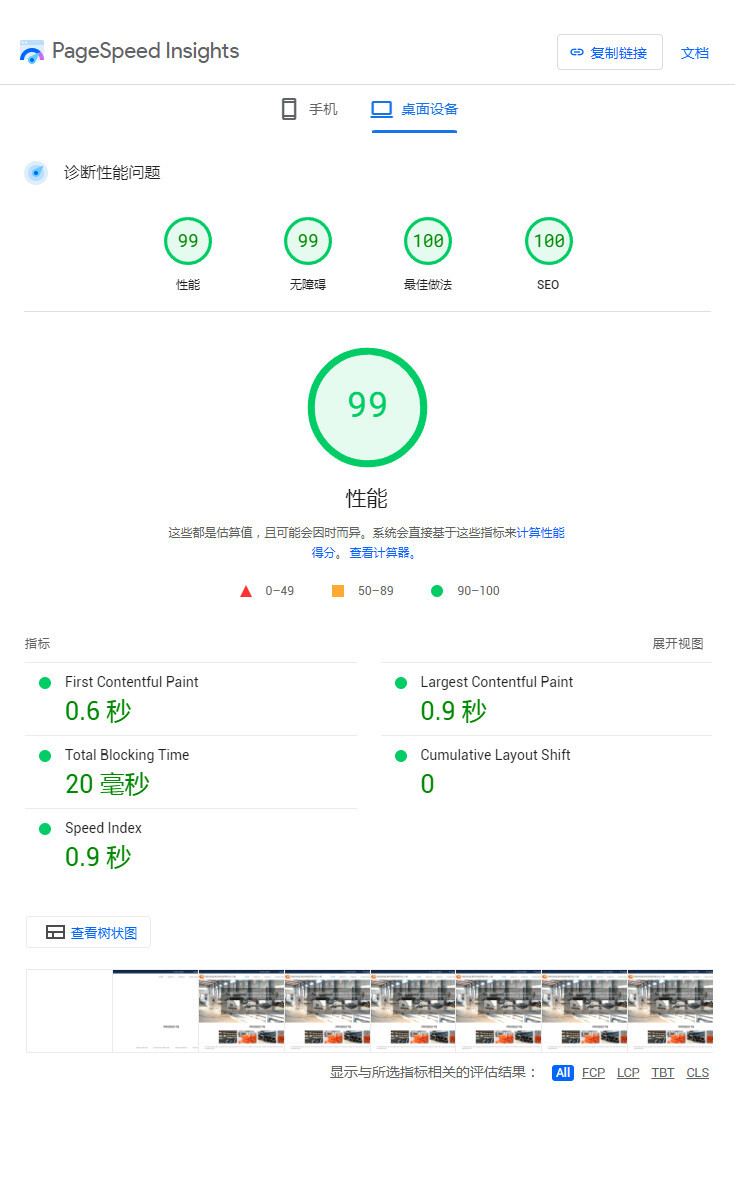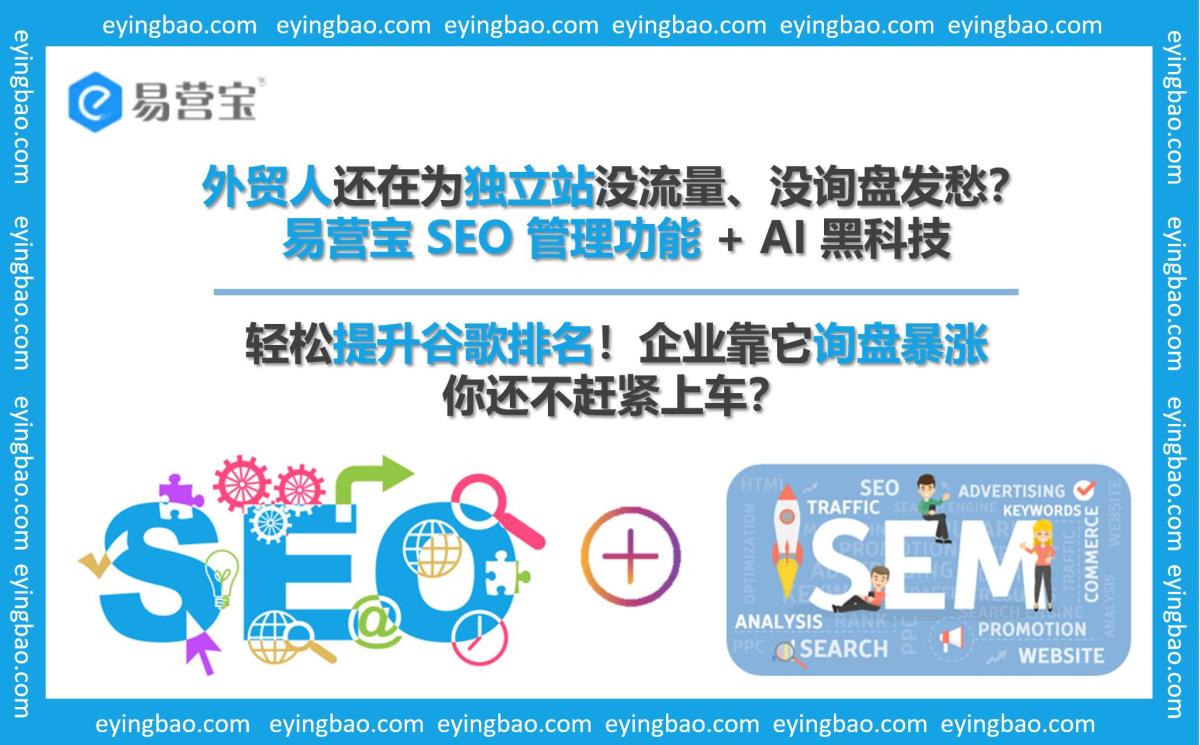EasyProfit Cloud Intelligent Website Marketing System Platform!
- 3 Core Google Ads Optimization Techniques Your Consultant Won't Tell You2025-09-18View Details
- Why do 90% of foreign trade standalone site ad campaigns fail?2025-09-18View Details
- Guangzhou Enterprises Must-Read: How to Break Through Growth Bottlenecks in Foreign Trade with Independent Website Development?2025-09-18View Details
- City Partner Success Stories: Earning $100K Monthly Is No Dream!2025-09-16View Details
- How to choose the best partner for exclusive agency rights of foreign trade websites?2025-09-18View Details
- AI+SEM Intelligent Advertising Marketing System, ROI Increased by 50%!2025-09-16View Details
- City Partner Profit Secrets Revealed!2025-09-17View Details
- Zero-code project franchising - is it really right for you?2025-09-17View Details
Must-Have for Operators: Master SEO Optimization Techniques in 10 Minutes
In today's digital marketing environment, search engine optimization (SEO) has become a crucial method for websites to gain traffic. For operational staff, mastering basic SEO techniques not only improves work efficiency but also brings more potential clients to the website. This article will take 10 minutes to systematically introduce you to the core elements of SEO optimization.

1. Understanding the Basic Concepts of SEO Optimization
SEO (Search Engine Optimization) is the process of improving a website's content and structure to enhance its position in search engine rankings, thereby gaining more traffic. A successful SEO strategy requires consideration of three key factors: technical optimization, content quality, and user experience.
1.1 The Three Core Elements of SEO Optimization
Technical optimization includes improvements at the technical level, such as website speed, mobile compatibility, and URL structure. Content quality focuses on keyword usage, information value, and originality. User experience involves page layout, navigation convenience, content readability, and other user-friendly indicators.
2. Keyword Research and Selection
Keywords are the foundation of SEO optimization. Choosing the right keywords directly impacts optimization results. Operational staff need to master the following keyword research techniques:

2.1 Using Keyword Research Tools
Tools like Google Keyword Planner, SEMrush, and Ahrefs can help you discover relevant keywords and understand search volume and competition levels. Selecting keywords with moderate search volume and lower competition as optimization targets makes it easier to achieve results.
2.2 The Value of Long-Tail Keywords
Compared to generic keywords, long-tail keywords (composed of 3-5 words) have lower search volume but higher conversion rates and lower competition. For example, "Beijing SEO optimization training institution" is more targeted than "SEO training."
3. Page Optimization Techniques
Page optimization is the core work of SEO. Operational staff need to focus on the following key points:

3.1 Title Tag Optimization
Each page's title tag (Title Tag) is an important basis for search engines to judge the page's content. A good title should include target keywords, be limited to 60 characters or less, and be compelling.
3.2 Meta Description Optimization
Meta descriptions do not directly affect rankings but influence click-through rates. A good description should include keywords, be limited to around 155 characters, and accurately summarize the page's content.
3.3 Content Optimization Essentials
High-quality content is the foundation of SEO. Content should revolve around target keywords, remain natural and fluent, use H tags to organize structure, maintain keyword density between 1-2%, and include appropriate internal links.
4. Technical SEO Basics
Operational staff also need to understand some basic technical SEO knowledge:
4.1 Website Speed Optimization
Use tools like Google PageSpeed Insights to test website speed. Optimizing image sizes, enabling caching, and reducing redirects can significantly improve loading speed.

4.2 Mobile Compatibility
Ensure the website displays correctly on mobile devices using responsive design, avoiding pop-ups that affect user experience. Google prioritizes indexing mobile-friendly websites.

5. Content Marketing and SEO Integration

High-quality content is key to long-term SEO success. Operational staff should master the following content strategies:
5.1 Regularly Updating Valuable Content
Maintain a regular update frequency, publishing practical guides, industry insights, and other high-quality content that solves user problems. This not only improves rankings but also builds brand authority.
5.2 Content Diversification
In addition to text content, adding multimedia elements like images, videos, and infographics can enhance user experience and dwell time, which are important ranking factors for search engines.
6. Monitoring and Optimization
SEO is an ongoing process. Operational staff need to:
6.1 Using Analytical Tools
Google Analytics and Search Console are free SEO monitoring tools that help you understand traffic sources, keyword performance, and user behavior.
6.2 Regularly Reviewing Optimization Results
Monthly reviews of keyword ranking changes, traffic trends, and conversion rates allow for data-driven strategy adjustments. Remember, SEO results typically take 3-6 months to show.
By systematically learning these six aspects, operational staff can quickly grasp the core techniques of SEO optimization. Remember, SEO requires patience and continuous optimization, but mastering these basics will set you apart in digital marketing. Start applying these techniques, and you'll soon see improvements in website traffic and rankings.
If you have any questions about foreign trade website construction or operations, feel free to consult EasyWin technical support via WeChat: Ieyingbao18661939702. Our staff will sincerely assist you!

Image resources are from the internet. For copyright issues, please contact 400-655-2477
Similar Recommendations




